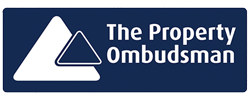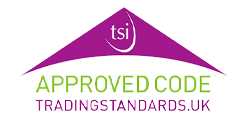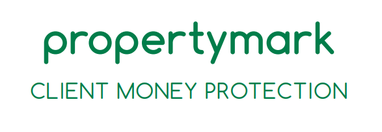HHSRS Inspections
A comprehensive guide for landlords; understanding obligations under the Housing Act 2004 and HHSRS inspections.
As a landlord, ensuring your rental property meets health and safety standards is crucial for both your tenants’ well-being and your legal compliance. One essential aspect of this is the Housing Health and Safety Rating System (HHSRS) inspection. This guide will provide you with everything you need to know about HHSRS inspections and how to prepare for them.
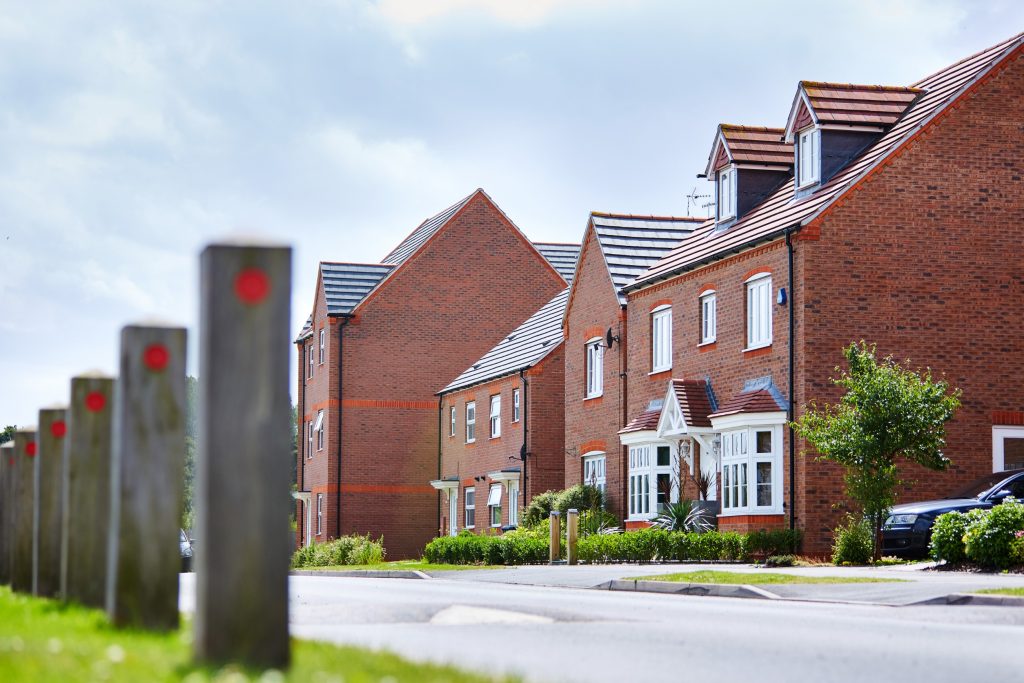
What is the HHSRS?
The Housing Health and Safety Rating System (HHSRS) is a risk-based evaluation tool used by local authorities in England and Wales to identify and mitigate potential hazards in residential properties. Introduced under the Housing Act 2004, the HHSRS focuses on minimising health and safety risks to ensure that homes are safe for occupation.
Key Areas of Focus
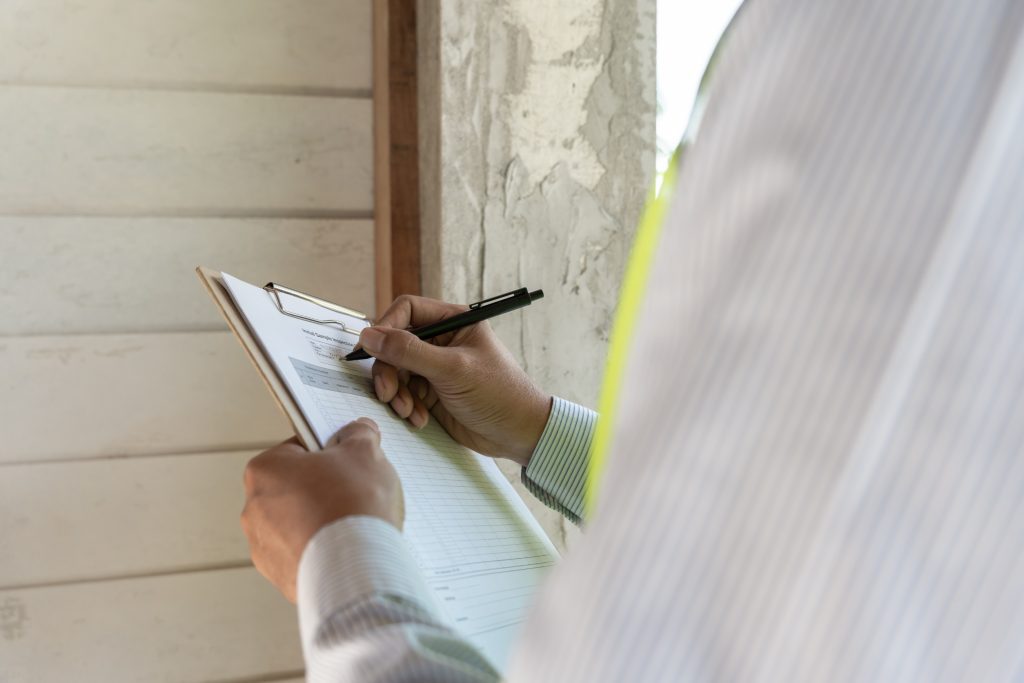
The HHSRS assesses 29 potential hazards, categorised into four main groups:
1. Physiological Requirements: These include factors like damp and mould growth, excess cold, excess heat, asbestos, and carbon monoxide.
2. Psychological Requirements: This category covers risks like crowding and space, entry by intruders, and noise.
3. Protection Against Infection: It encompasses sanitation and drainage, water supply, and hygiene, pests, and refuse.
4. Protection Against Accidents: This group includes falls, electrical hazards, fire, flames, hot surfaces, and collisions.
The Inspection Process
1. Notification: Typically, tenants may contact the local council if they believe their home poses health or safety risks. The council may then notify you of an impending HHSRS inspection.
2. Inspection: A trained environmental health officer (EHO) will visit your property to identify potential hazards. They use a standardised method to score the severity of each hazard, considering both the likelihood of an incident occurring and the possible harm it could cause.
3. Scoring: Hazards are scored and categorised as Category 1 (serious) or Category 2 (less serious). A Category 1 hazard requires immediate action.
Common Hazards and How to Address Them
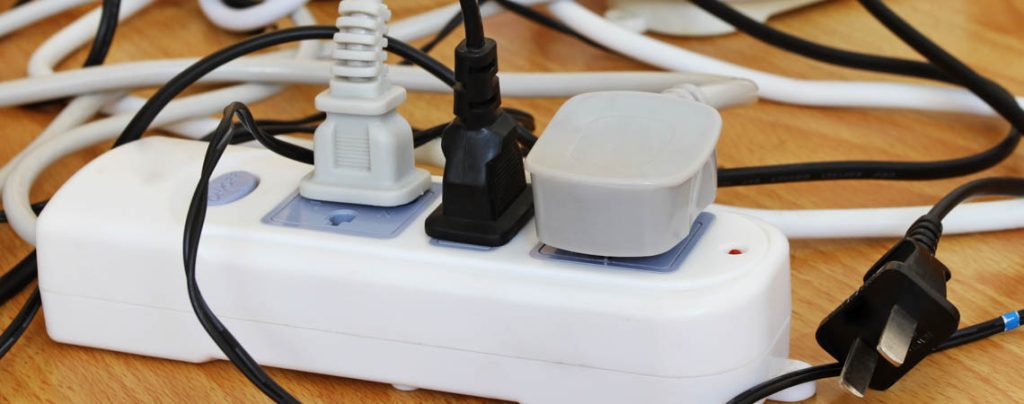
1. Damp and Mould: Ensure your property is well-ventilated and free from leaks. Regularly check for signs of dampness and mould, especially in high-moisture areas like bathrooms and kitchens.
2. Excess Cold: Install efficient heating systems and ensure the property is well-insulated. Regularly service heating systems to maintain their efficiency.
3. Fire Safety: Equip the property with smoke alarms, fire extinguishers, and clearly marked escape routes. Ensure electrical installations and appliances are regularly inspected and maintained.
4. Falls: Install handrails on staircases, ensure flooring is secure, and provide adequate lighting in all areas to prevent slips, trips, and falls.
Preparing for an HHSRS Inspection
1. Regular Maintenance: Conduct regular property inspections and maintenance to identify and address potential hazards before they escalate.
2. Tenant Communication: Encourage open communication with your tenants. They should feel comfortable reporting issues that could pose health or safety risks.
3. Documentation: Keep detailed records of all maintenance work, safety checks, and tenant communications. This documentation can be valuable if any issues arise during the inspection.
After the Inspection
If the EHO identifies any Category 1 or significant Category 2 hazards, they may serve a notice requiring you to undertake remedial work. The types of notices include:
Improvement Notice: Requiring specific improvements within a set timeframe.
Prohibition Order: Restricting the use of part or all of the property.
Emergency Remedial Action: Immediate action by the local authority to remedy the hazard, with costs recovered from you.

Conclusion
Understanding the HHSRS and preparing for inspections are crucial steps in maintaining a safe rental property. By proactively addressing potential hazards and maintaining open communication with your tenants, you can ensure your property meets health and safety standards, providing a secure and comfortable living environment.
For more detailed information, you can refer to the official [HHSRS Operating Guidance](https://www.gov.uk/government/publications/hhsrs-operating-guidance-housing-act-2004-guidance-about-inspections-and-assessment-of-hazards-given-under-section-9) provided by the government.
If you are concerned about meeting your obligations as a landlord, we offer a free Tenancy Health Check service designed to help landlords. You can obtain your free checklist download or book in for a call with one our letting and tenancy management experts here: https://elmbridgelandlordcompliance.co.uk/
Related Articles
Want to know how much your property is worth?
Elevating the Elmbridge property market
Visit us in Molesey
East Molesey
Surrey
KT8 9ER
VISIT US IN ESHER
Claygate
Esher
Surrey
KT10 0PD
